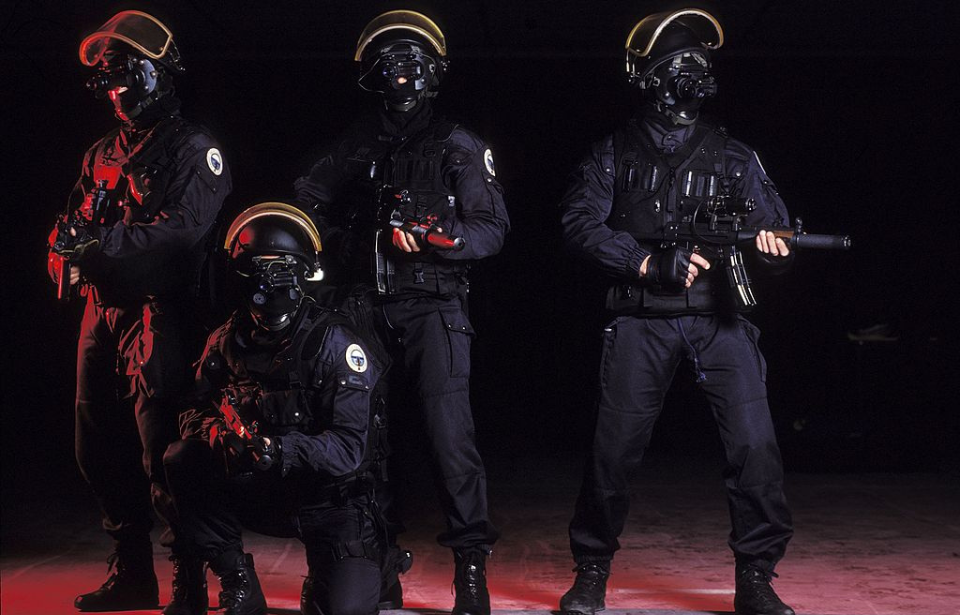The Groupe d intervention de la Gendarmerie nationale (GIGN) – National Gendarmerie Intervention Group in English – is an elite French tactical unit that was established in 1973. It serves many purposes, including hostage rescue, counter-terrorism, surveilling national threats, protecting government officials and, occasionally, handling organized crime.
Created in the wake of the shocking hostage situation at the 1972 Munich Olympics, the GIGN has become well known for their many successful missions, as well as their unique primary weapons choice. Here’s everything military enthusiasts need to know about this specialized force.
The Munich massacre
During the 1972 Summer Olympics in Munich, Germany, a Palestinian terrorist organization known as Black September killed two members of the Israeli Olympic team and took nine others hostage. While holding the athletes captive, the group’s leader, Luttif Afif, demanded the release of 234 Palestinian prisoners held in various Israeli jails. Having been aided by West German insurgents with the Red Army Faction, Afif also demanded the release of two of their leaders.

The attempt by police to rescue the Israeli team was a catastrophic failure, resulting in the murders of all the hostages and the accidental death of a West German police officer. Five members of Black September were also killed and the remaining three arrested, only to be released during a hostage exchange following the hijacking of Lufthansa Flight 615.
In the aftermath of what became known as the Munich massacre, many European nations began to address the lack of forces equipped to handle such events. GIGN, first known as the Équipe commando régionale d’intervention, was the French response to the attack – a specialized force trained to deal with future terrorist and hostage situations.
The GIGN rose to international fame
Although the GIGN was formed shortly after the events in Munich and ran many missions in the years after, it wasn’t until 1994 that they became a well-known force around the world. On December 24 of that year, Air France Flight 8969 was taken hostage in Algiers by the Armed Islamic Group of Algeria. The anti-government fighters were armed with AK-47s, grenades, dynamite and Uzi submachine guns.
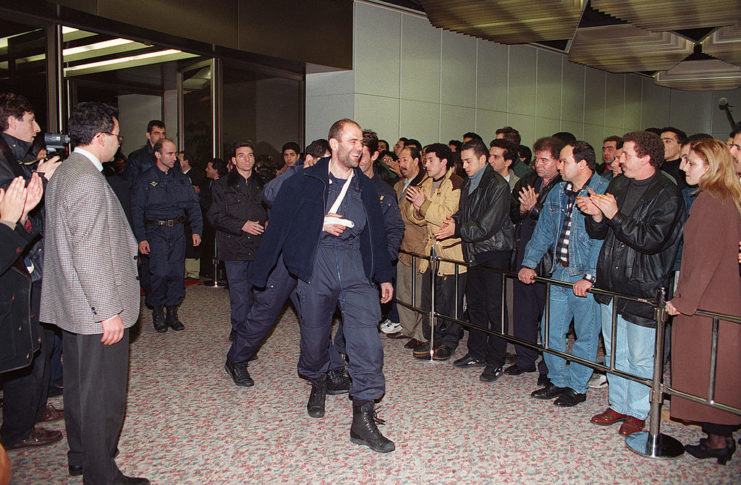
The group’s intention was to crash into the Eiffel Tower or blow up above the monument unless some of their comrades were released from Algerian prisons. There were roughly 230 passengers and crew onboard when the plane was taken over, and 60 of them were released while the aircraft was still at Algiers Airport. However, the hijackers began to kill – and threatened to keep killing – passengers if they weren’t cleared to fly to Marseille.
The plane was eventually given clearance to fly, only for it to be stormed by members of the GIGN upon its arrival in the city. The hijackers were killed and the aircraft reclaimed in a display that was recorded for the world to see. The tactical force conducted a successful mission to free the passengers and stop the hijackers, making them a well-known name.
How does one join the GIGN?
Given that the GIGN is such a well-known anti-terrorism force (and one of the best in the world), it’s no wonder the selection and training process to become a member is rigorous. To become eligible for training, a candidate must already have served with the Gendarmerie nationale and pass a week-long screening process. This includes not only physical tests, but mental ones to ensure the candidate’s suitability.
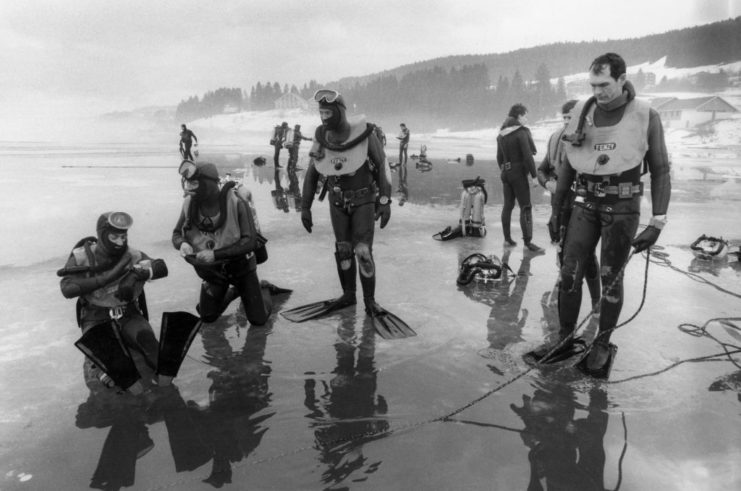
Should they be accepted, candidates are tasked with completing a 14 month-long training program, which covers an array of subjects. They’re trained in short and long distance shooting, hand-to-hand combat, surveillance and negotiating skills. They also participate in various forms of airborne and underwater training, among a number of other disciplines.
Given how extensive the training process is, the success rate from the initial week-long screening to joining the GIGN is low.
GIGN composition
The GIGN is divided into a number of units, each focusing on a different area of counter-terrorism or other crime prevention. The Intervention Force is considered the “original” GIGN and acts as the main assault team for a variety of missions. It’s made up of around 100 members, who are divided into four platoons, which themselves are divided even further.
Of the four platoons, two specialize in diving operations, while the other two specialize in parachuting. The Intervention Force is the only GIGN team where woman are not allowed.
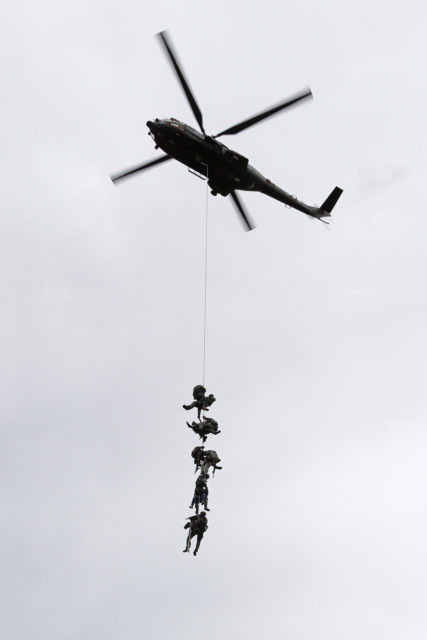
The remaining ones – the Observation & Search Force, the Gendarmerie Detachment of the GSPR Presidential Security Group, the Security & Protection Force, the National Training Center for Specialized Intervention, the Regional Branches Force, and the Engineering and Support Division – allow for both men and women to serve.
An interesting sidearm choice
Although the GIGN uses a variety of weapons, their first choice is certainly unusual. Since the group’s creation, the vast majority of members have carried the Manurhin MR 73 revolver. The MR 73 was one of (really the only) sidearm tested because the teams were able to shoot an impressive number of rounds. It’s often used in marksmanship competitions and is considered highly accurate. It also has an adjustable trigger weight, meaning it can be easily altered to fit the preferences of the individual.
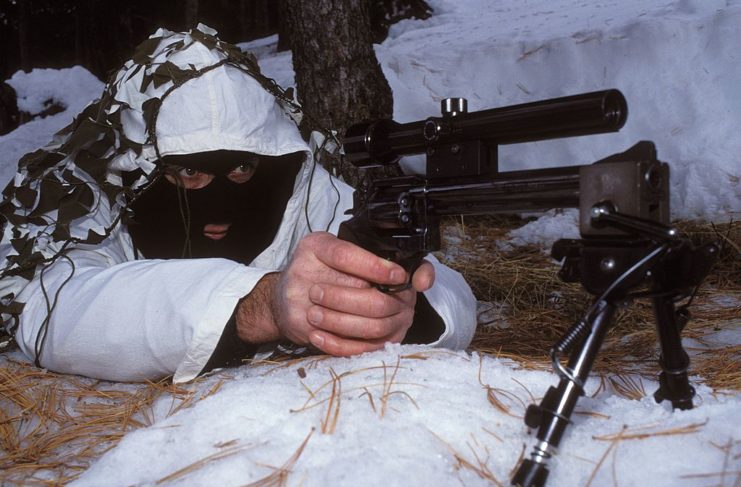
Other than the MR 73, the GIGN uses the Heckler & Koch MP5 and MP7, as well as the FN P90 submachine gun; Remington, Franchi and Benelli shotguns; and Heckler & Koch and Swiss Arms assault rifles. Members will occasionally chose to carry Glock 17s, but generally stick with the traditional MR 73.
Notable GIGN operations
The GIGN have engaged in a large number of missions since their founding, largely specializing in hostage situations on contained vehicles. They’ve saved well over 500 hostages since 1973, across the span of over 1,000 missions.
Their most notable operations have occurred in San Salvador, Saudi Arabia, Italy and Somalia, with at least one resulting in them having to handle hostages taken captive by pirates. One of their most recent large-scale missions occurred in November 2015 during the terrorist attacks in Paris.
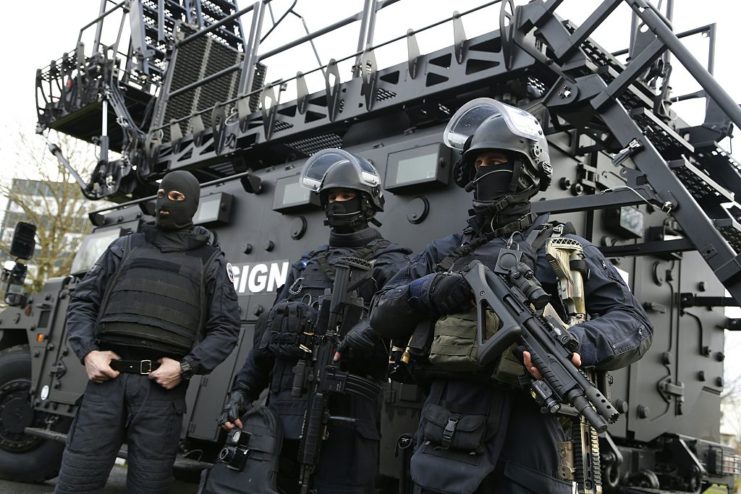
More from us: Flashbang Grenade: Among the First Modern ‘Non-Lethal’ Weapons Ever Developed
During the attacks, hostages were taken inside the Bataclan Theater during a concert. Leading forces into the theater, an intense firefight ensued. After over 5,000 rounds were fired, the terrorists were killed and the hostages rescued. At least part of the forces present were GIGN members, along with police and members of the military.
